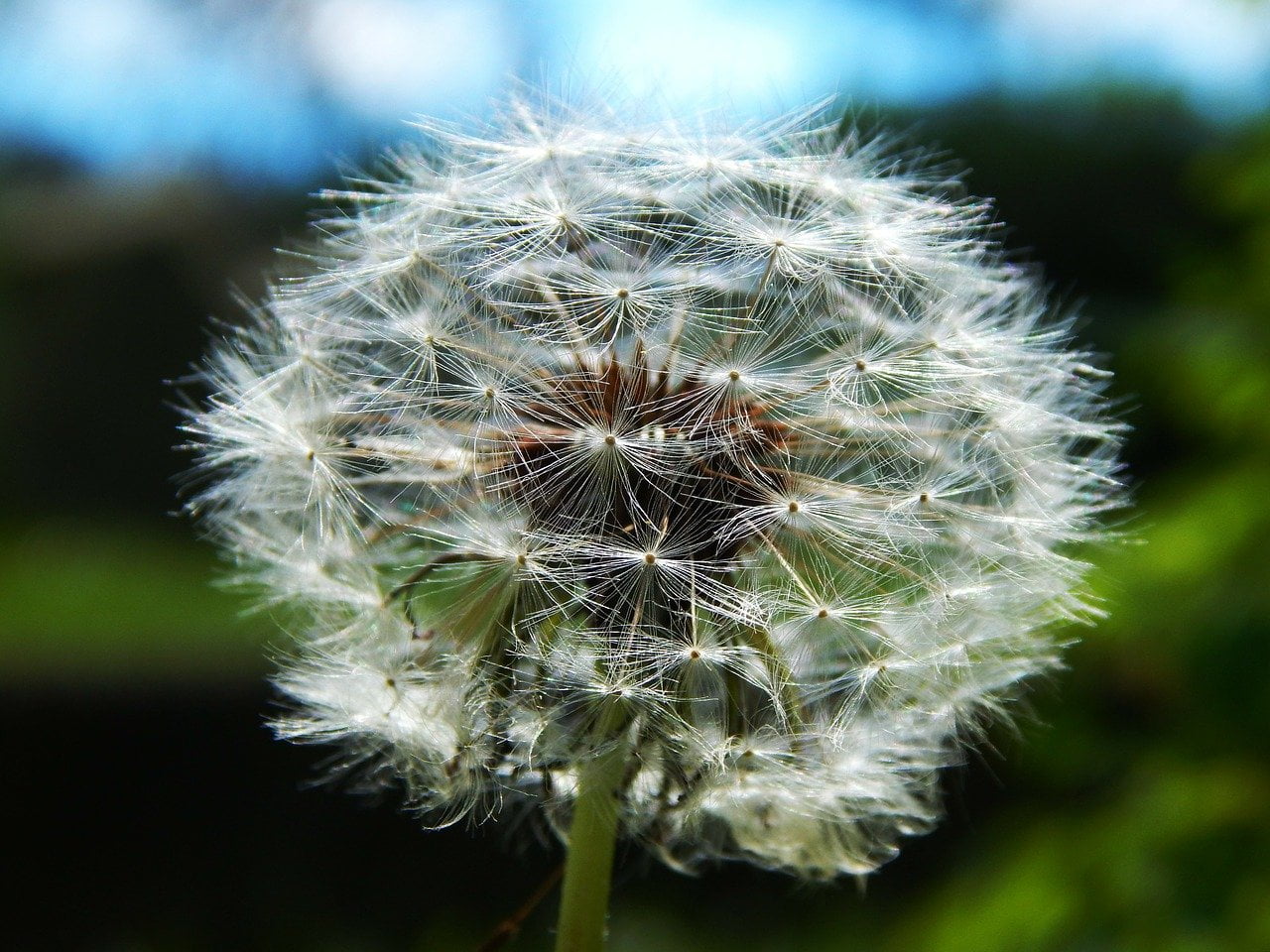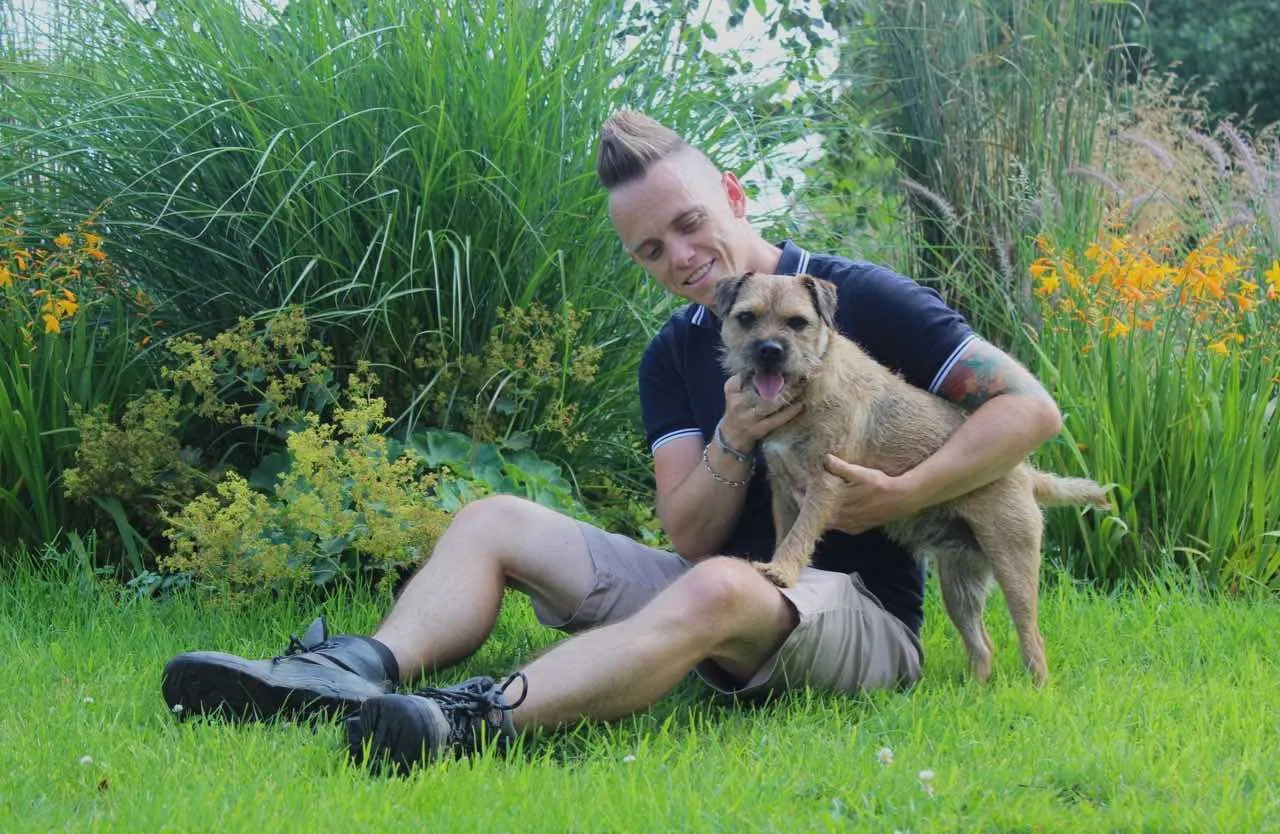Hi @mbh
It sounds like these are existing perennial weeds that may have had their roots in the subsoil beneath the till and top layer of soil. Thats not to say that the landscapers have done anything wrong per day, it could even be that the turf that has been lifted has had these small sections of root already present from the fields in which turf is grown. I live next to some of these fields, and there's no way the farmers can prevent perennial and annual weeds from taking hold.
Thats not to say you wouldn't be disappointed. I'd put money on these roots having been disturbed from the existing subsoil and now they've made a break for it!
How to get rid of lawn weeds
Couch, horsetail and dandelions have very tenacious taproots or rhizomes, which makes them very difficult to get rid of. Dandelions are the easiest, use a hori hori or kitchen knife to pop out the big root.
As for mares tail, I'd just mow over it and it will weaken it, with couch, that again with regular mowing should calm its growth a bit.

There are also selective lawn feeds/weed killers you can use. However, I tend to avoid them due to their environmental impact and my niggles with blanket blasting lawns and flower beds with chemicals to remove certain plants but also the wildlife that goes with them.
If you're looking at weedkillers, though, here are some tips below for you and other Ninjas, after all, it's entirely up to you. I would advise that mowing every week will pretty much keep on top of said weeds, and pulling the dandelions out with a knife should be easy peasy!
How Selective Lawn Weed Killers Work
Selective lawn weed killers are herbicides specifically designed to kill broadleaf weeds, such as dandelions, clover, and plantains, without harming grass. They achieve this by targeting specific biological processes found in broadleaf plants but not in narrow-leaved grasses.
Key Modes of Action of Lawn Weedkillers
-
Hormonal Disruption:
Many selective weed killers contain synthetic auxins (like 2,4-D, MCPA, or dicamba), which mimic plant growth hormones. These cause uncontrolled cell growth in broadleaf weeds, leading to distorted growth, ruptured cell walls, and plant death.
-
Metabolic Interference:
Some products disrupt photosynthesis or other essential metabolic functions, but only in dicots (broadleaf plants), leaving monocots (grasses) largely unaffected.
-
Combined Formulas:
Most lawn weed killers use a blend of active ingredients to broaden the weed spectrum they control and reduce the risk of resistance.
These herbicides are typically applied as liquids or granules, and timing is important. They’re most effective during active weed growth, usually in spring or early autumn. They should never be applies in winter or when its about to rain immediately afterwards.
Environmental Impact of Selective Lawn Weed Killers
While selective herbicides can improve lawn aesthetics ie the way they look and reduce competition from weeds, they also carry environmental risks if not used carefully. I would argue that I'd rather see a none perfect lawn with life buzzing around it than a sterile weed free lawn.
Soil and Water Contamination
Residues can leach into the soil and contaminate groundwater, especially if over-applied or used before heavy rain. Some chemicals, particularly dicamba, are known to be mobile in soil.
Non-Target Damage
Spray drift or runoff can affect nearby plants, particularly wildflowers, vegetables, or ornamentals. Even low levels of exposure can harm sensitive species. This is the BIGGEST bugbear in my experience.
Impact on Wildlife
Broadleaf weeds often support pollinators and insects, especially honey bees which I have a number of hives of here at Garden Ninja HQ, hover flies and lacewings. Removing them reduces food sources for bees, butterflies, and other beneficial invertebrates. Earthworms and soil microbes may also be impacted by repeated chemical use.

Human and Pet Safety
Though most modern weed killers are considered safe when used correctly, there are concerns about long-term exposure. Pets and children should be kept off treated lawns until the product has fully dried or settled.
Resistance and Biodiversity Loss
Regular herbicide use can lead to herbicide-resistant weed strains. It also encourages monoculture lawns with lower biodiversity, impacting urban ecosystem health.
Reducing Environmental Harm
To use selective lawn weed killers responsibly, as all Ninjas should do, then adhere to the below principles.
-
Follow label instructions precisely.
-
Apply only during calm, dry weather.
-
Use spot-treatment rather than blanket application.
-
Avoid application near watercourses or drains.
-
Consider organic or cultural alternatives like mowing high, hand weeding, or overseeding to outcompete weeds.
All the best
Lee Garden Ninja
Hi @mbh
It sounds like these are existing perennial weeds that may have had their roots in the subsoil beneath the till and top layer of soil. Thats not to say that the landscapers have done anything wrong per day, it could even be that the turf that has been lifted has had these small sections of root already present from the fields in which turf is grown. I live next to some of these fields, and there's no way the farmers can prevent perennial and annual weeds from taking hold.
Thats not to say you wouldn't be disappointed. I'd put money on these roots having been disturbed from the existing subsoil and now they've made a break for it!
How to get rid of lawn weeds
Couch, horsetail and dandelions have very tenacious taproots or rhizomes, which makes them very difficult to get rid of. Dandelions are the easiest, use a hori hori or kitchen knife to pop out the big root.
As for mares tail, I'd just mow over it and it will weaken it, with couch, that again with regular mowing should calm its growth a bit.

There are also selective lawn feeds/weed killers you can use. However, I tend to avoid them due to their environmental impact and my niggles with blanket blasting lawns and flower beds with chemicals to remove certain plants but also the wildlife that goes with them.
If you're looking at weedkillers, though, here are some tips below for you and other Ninjas, after all, it's entirely up to you. I would advise that mowing every week will pretty much keep on top of said weeds, and pulling the dandelions out with a knife should be easy peasy!
How Selective Lawn Weed Killers Work
Selective lawn weed killers are herbicides specifically designed to kill broadleaf weeds, such as dandelions, clover, and plantains, without harming grass. They achieve this by targeting specific biological processes found in broadleaf plants but not in narrow-leaved grasses.
Key Modes of Action of Lawn Weedkillers
-
Hormonal Disruption:
Many selective weed killers contain synthetic auxins (like 2,4-D, MCPA, or dicamba), which mimic plant growth hormones. These cause uncontrolled cell growth in broadleaf weeds, leading to distorted growth, ruptured cell walls, and plant death.
-
Metabolic Interference:
Some products disrupt photosynthesis or other essential metabolic functions, but only in dicots (broadleaf plants), leaving monocots (grasses) largely unaffected.
-
Combined Formulas:
Most lawn weed killers use a blend of active ingredients to broaden the weed spectrum they control and reduce the risk of resistance.
These herbicides are typically applied as liquids or granules, and timing is important. They’re most effective during active weed growth, usually in spring or early autumn. They should never be applies in winter or when its about to rain immediately afterwards.
Environmental Impact of Selective Lawn Weed Killers
While selective herbicides can improve lawn aesthetics ie the way they look and reduce competition from weeds, they also carry environmental risks if not used carefully. I would argue that I'd rather see a none perfect lawn with life buzzing around it than a sterile weed free lawn.
Soil and Water Contamination
Residues can leach into the soil and contaminate groundwater, especially if over-applied or used before heavy rain. Some chemicals, particularly dicamba, are known to be mobile in soil.
Non-Target Damage
Spray drift or runoff can affect nearby plants, particularly wildflowers, vegetables, or ornamentals. Even low levels of exposure can harm sensitive species. This is the BIGGEST bugbear in my experience.
Impact on Wildlife
Broadleaf weeds often support pollinators and insects, especially honey bees which I have a number of hives of here at Garden Ninja HQ, hover flies and lacewings. Removing them reduces food sources for bees, butterflies, and other beneficial invertebrates. Earthworms and soil microbes may also be impacted by repeated chemical use.

Human and Pet Safety
Though most modern weed killers are considered safe when used correctly, there are concerns about long-term exposure. Pets and children should be kept off treated lawns until the product has fully dried or settled.
Resistance and Biodiversity Loss
Regular herbicide use can lead to herbicide-resistant weed strains. It also encourages monoculture lawns with lower biodiversity, impacting urban ecosystem health.
Reducing Environmental Harm
To use selective lawn weed killers responsibly, as all Ninjas should do, then adhere to the below principles.
-
Follow label instructions precisely.
-
Apply only during calm, dry weather.
-
Use spot-treatment rather than blanket application.
-
Avoid application near watercourses or drains.
-
Consider organic or cultural alternatives like mowing high, hand weeding, or overseeding to outcompete weeds.
All the best
Lee Garden Ninja
 Lee Burkhill: Award Winning Designer & BBC 1's Garden Rescue Presenters Official Blog
Lee Burkhill: Award Winning Designer & BBC 1's Garden Rescue Presenters Official Blog



